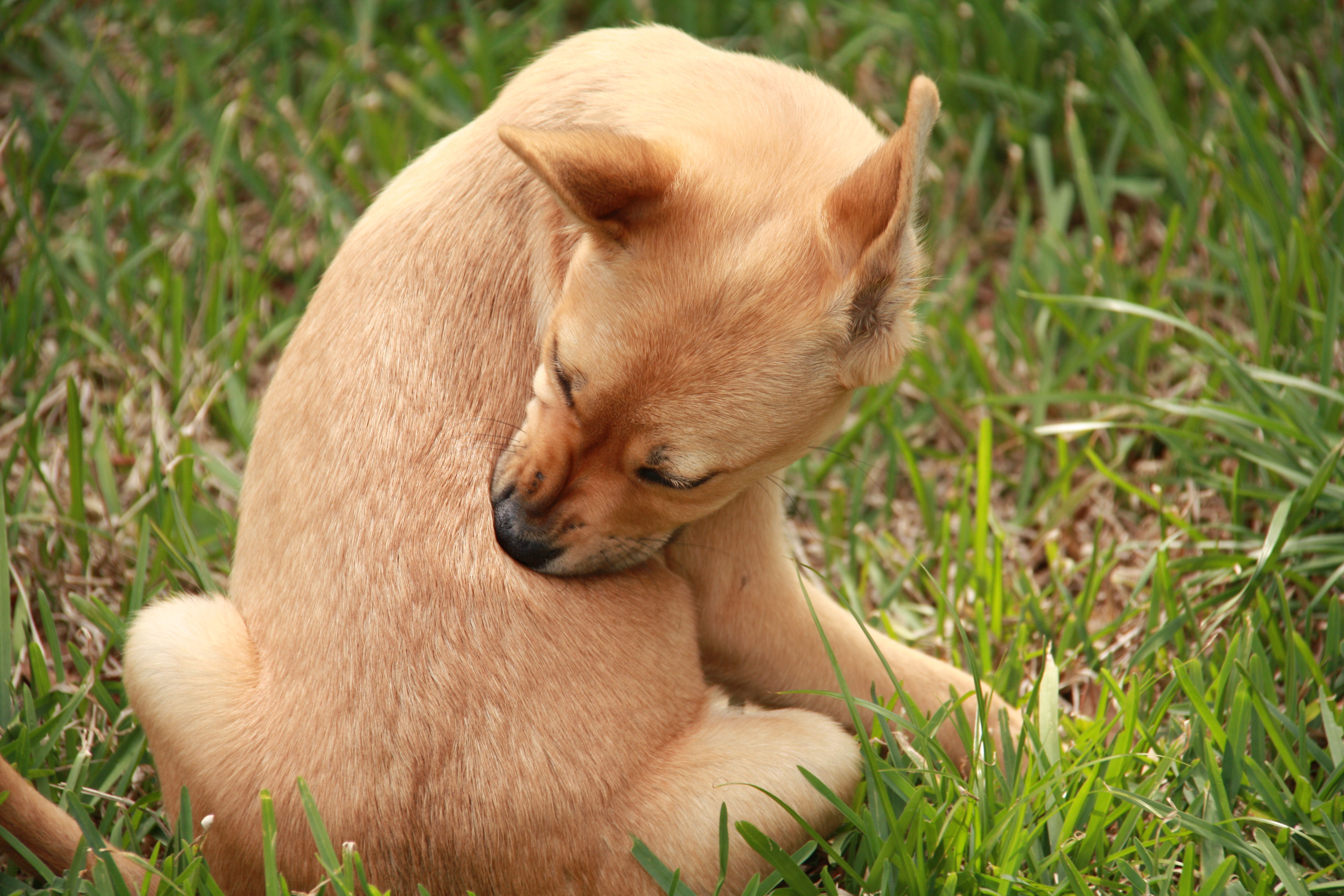If your dog has fleas, you may notice excessive scratching, red bumps, and skin irritation. Flea dirt or small black specks on your dog’s fur can also indicate a flea infestation.
It’s important to keep an eye out for these signs and take action promptly to prevent further discomfort for your pet. Noticing these symptoms can be concerning as a pet owner, but being proactive in identifying and addressing flea infestations can help keep your furry friend healthy and comfortable.
We will explore the common signs of fleas in dogs and discuss effective ways to treat and prevent these pesky parasites. Understanding how to recognize and manage flea problems is essential for maintaining your dog’s well-being and your peace of mind.
Flea Infestation Symptoms
Flea Infestation Symptoms
If your dog is constantly scratching and biting at their fur, it could be a sign of fleas. Additionally, hair loss and skin infections may occur due to the irritation caused by flea bites. Another indication of fleas is the presence of flea dirt, which looks like small black specks on your dog’s skin. Moreover, if your dog seems restless and uncomfortable, they may be experiencing discomfort from flea bites. It’s important to regularly check your dog for signs of fleas, especially during the warmer months when they are more prevalent.
Checking For Fleas On Your Dog
When checking for fleas on your dog, it’s important to carefully inspect the dog’s coat for any signs of infestation. Spotting fleas in the dog’s coat may require a thorough comb test to reveal any hidden fleas that may be present. Additionally, observing any flea bites and their patterns on your dog’s skin can also be an indication of a flea infestation. It’s essential to be vigilant in detecting any signs of fleas to ensure the well-being of your dog.
Proactive Flea Management
Regular Grooming and Baths: Regular grooming and baths are essential for maintaining a flea-free pet. Brushing your dog’s coat on a regular basis can help in spotting fleas and getting rid of them early on. Bathe your dog with a flea shampoo recommended by your veterinarian to effectively kill and repel fleas.
Preventive Medications and Treatments: Implementing preventive medications and treatments is crucial in keeping fleas at bay. Consult with your vet to choose a suitable flea control product based on your dog’s age, health status, and lifestyle. Options include oral medications, spot-on treatments, and flea collars.
Maintaining a Flea-Free Environment: Maintaining a clean and flea-free environment is pivotal in preventing re-infestation. Regularly vacuuming and washing your pet’s bedding can help eliminate flea eggs, larvae, and pupae. Consider using environmental flea control products to target fleas in your home environment.

Credit: petfolk.com
Frequently Asked Questions Of How Do You Know If Your Dog Has Fleas
What Are The Signs Of Fleas On Dogs?
Fleas on dogs can cause itching, redness, and hair loss. You may also notice flea dirt, tiny black specks on your dog’s skin, indicating a flea infestation. Regular grooming and checking for these signs can help you detect fleas early.
How Can I Check My Dog For Fleas?
You can check your dog for fleas by parting the fur and looking for small, fast-moving insects. You may also notice flea dirt, which looks like tiny black specks. Regular grooming and using a fine-toothed comb can help detect fleas.
Can My Dog Get Fleas If He Never Goes Outside?
Yes, your dog can get fleas even if he never goes outside. Fleas can be brought into your home on clothing or other pets. Regular preventative measures, such as flea medications and regular grooming, can help protect your dog from fleas.
Conclusion
It’s essential to regularly check your dog for fleas using a fine-tooth comb. By observing their behavior and skin, you can identify potential signs of flea infestation. If you suspect fleas, consult your vet for effective treatment options. Keeping your dog and home clean can help prevent future infestations.



